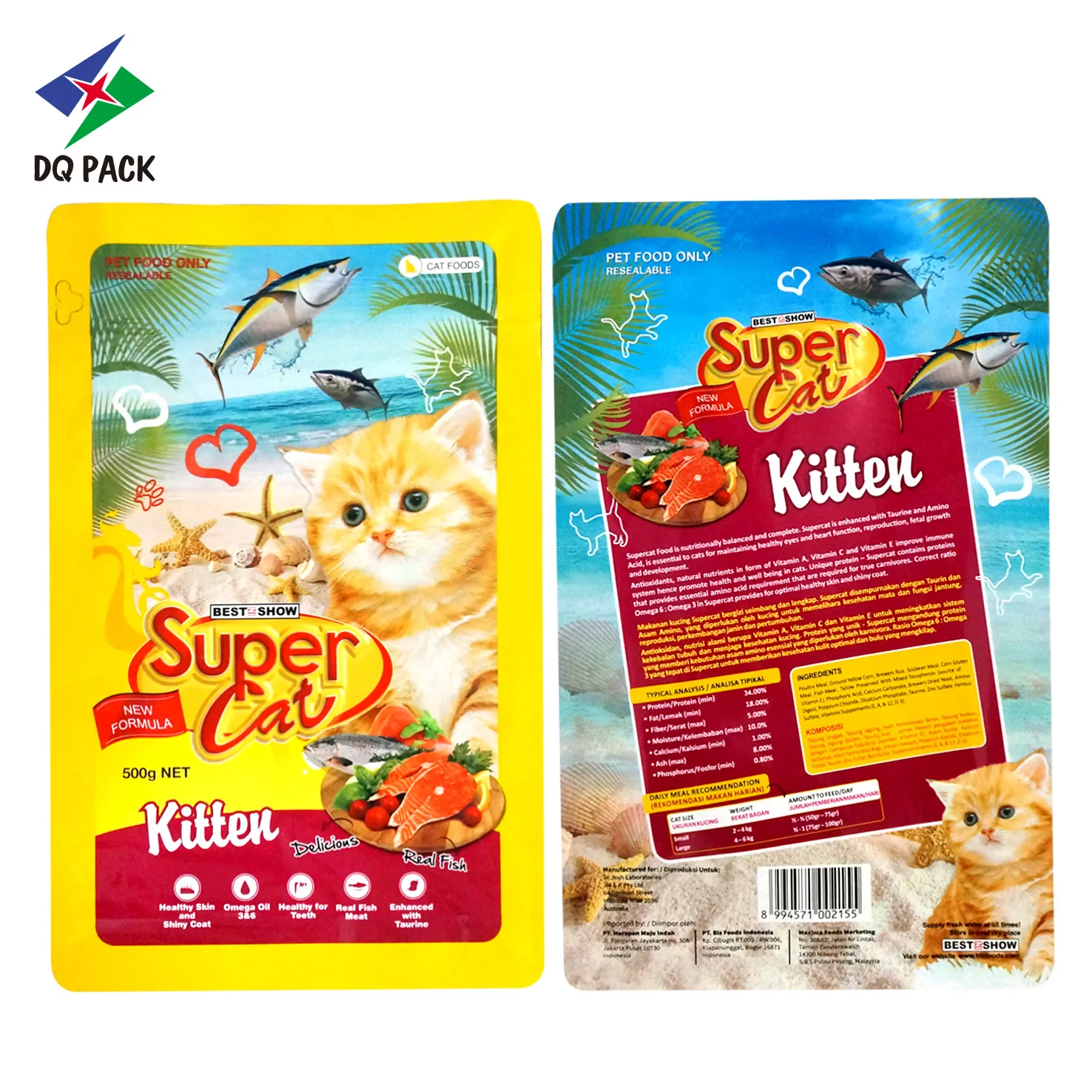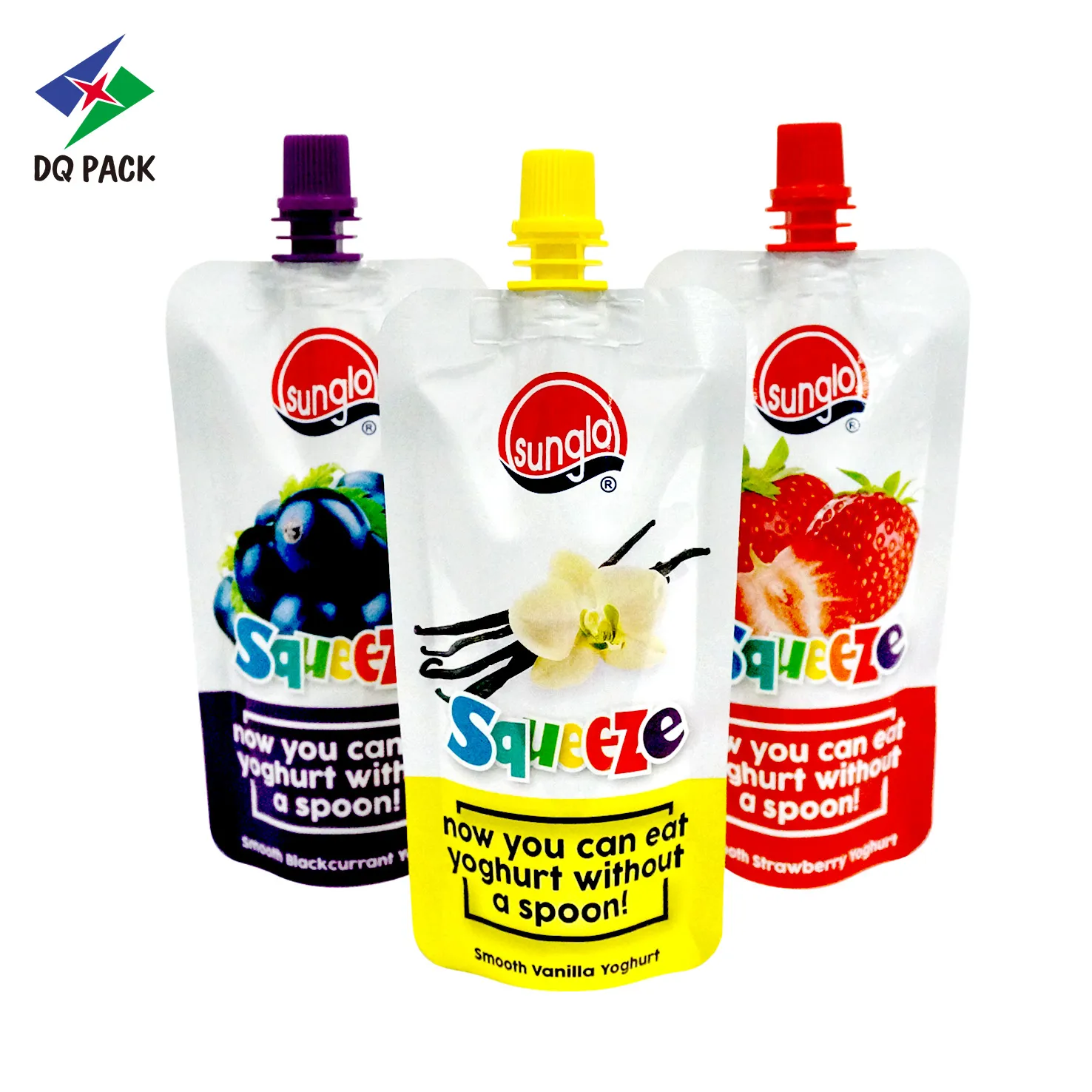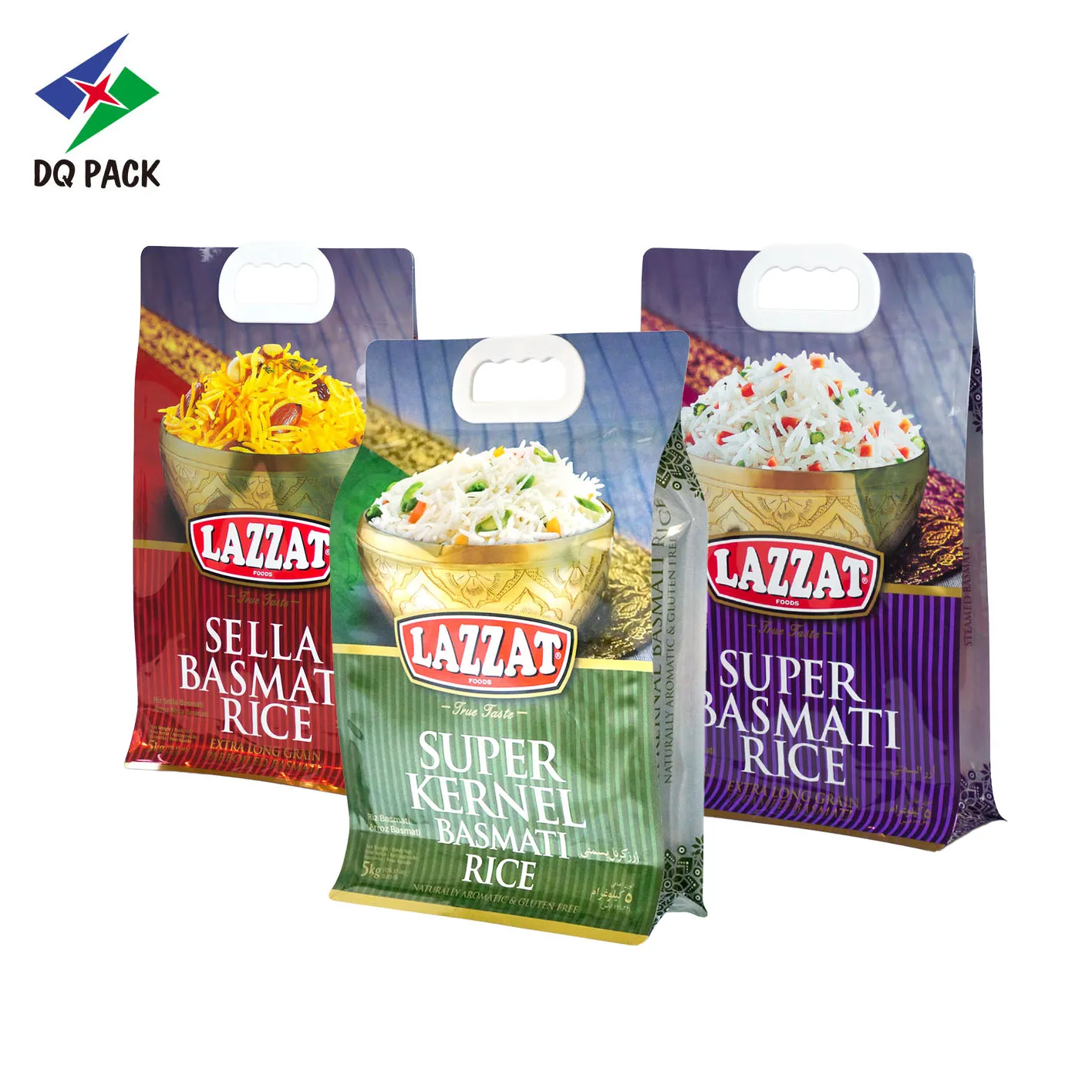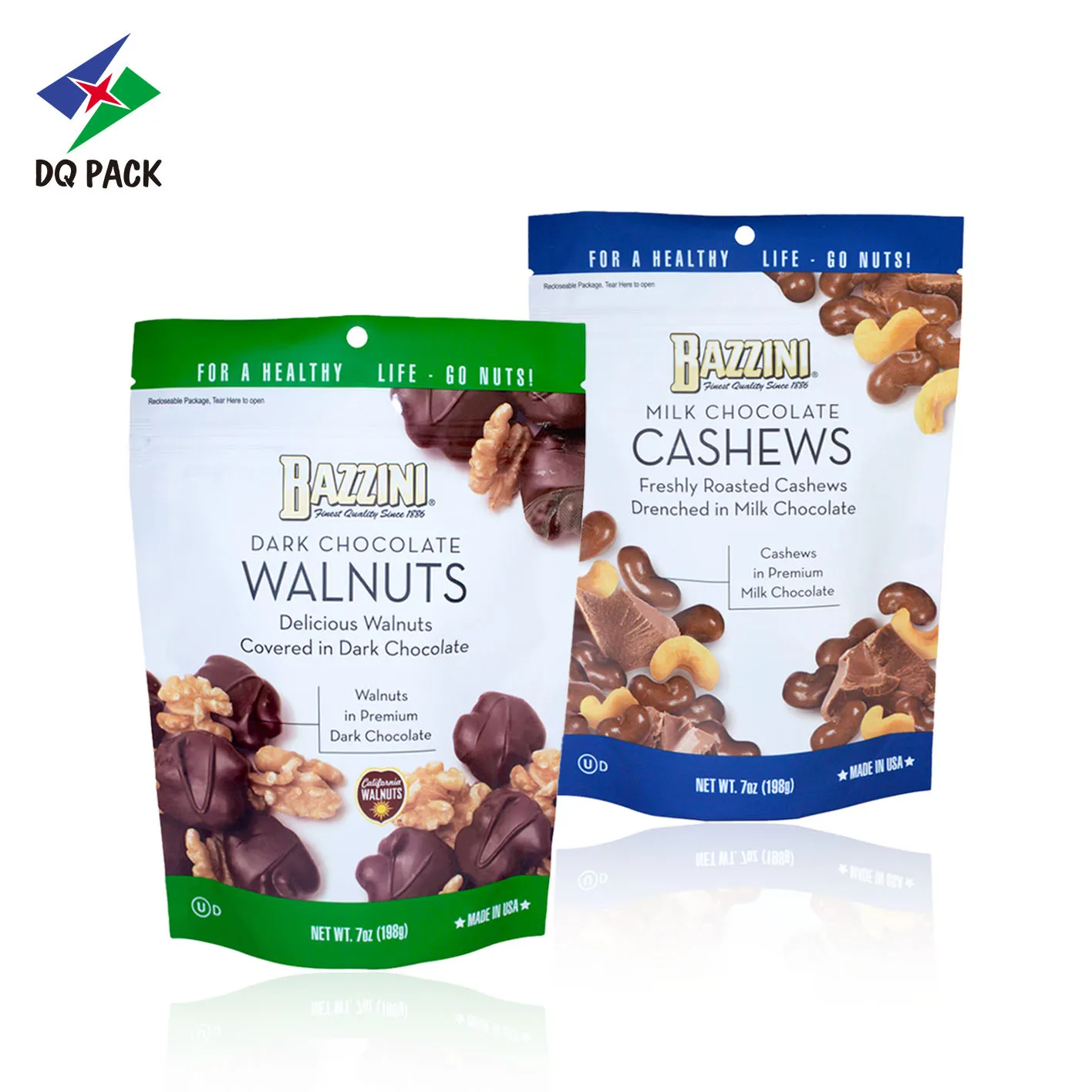Pet owners consider what to feed their pets, and more and more, the impact of pet food packaging. Brands that go beyond the “status quo” by putting sustainability into practice can protect shelf life and earn trust with sustainable pet food packaging.
Today, PACK DQ, a principal fabricant d'emballages flexibles sur mesure, provides an insight into why sustainability matters, which materials and formats are making headway, and how brands can take action now without compromising performance.
Why Sustainability Matters in Pet Food Packaging
As pet owners consider their purchases for a pet, they will think through various aspects of quality, convenience, and value. In the meantime, with a growing public consciousness of the environment, pet-food consumers are becoming increasingly aware of the pet food packaging, and often, demand packaging reflective of these newfound values. Likewise, regulators and retailers are starting to move the needle towards lower recyclability, and in some cases, towards extended producer responsibility (EPR).
This convergence – consumer pull + regulatory push – translates into a strategic imperative, packaging must perform packaging’s protective responsibility, while also decreasing plastic waste and carbon footprint. Sustainable packaging can also perform, as good pet food packaging does, both as an added benefit by helping brands stand out in a crowded market.
Materials and Technologies to Prioritize
There are plenty of solutions for achieving sustainable pet food packaging. Choose materials that match your product’s barrier needs and your sustainability goals:
- Mono-polymer films (mono-PE / mono-PP): These single-polymer structures are engineered to deliver reasonable barrier protection while being recyclable in existing streams. For many dry foods and lightweight kibble, mono-PE stand-up pouches are a practical switch from mixed laminates.
- Recycled-content plastics (PCR): Incorporating post-consumer recycled resin reduces virgin plastic demand. PCR can be used in outer or inner layers and in rigid components like caps or zip strips.
- Paper-based composites: Paper with a thin, recyclable barrier coating can work for lower-moisture products or multi-layer paper/film hybrids that prioritize recyclability while maintaining some barrier properties.
- Compostable / bio-based films (PLA, PHA): These have niche use—for single-portion treats or short-lived items—where industrial composting infrastructure exists. They’re less suitable for long-shelf-life kibble unless local composting systems are available.
Each material choice involves trade-offs between barrier performance, cost, and end-of-life outcomes. The pragmatic rule: match material to the product’s protection needs and to the realistic recycling infrastructure of your target market.
Design and Format Innovations
Material alone isn’t enough for a sustainable pet food packaging vision. Thoughtful design reduces waste and improves collection:
- Flat bottom and stand-up pouches reduce material use relative to bulky rigid containers and stack efficiently for transport. These formats pair well with sustainable pet food packaging goals because they lower shipping emissions and warehouse footprint.
- Reclosable, reusable closures (robust zippers designed for many cycles) extend product life after opening and encourage reuse rather than single-use disposal.
- Detachable components—designing spouts, windows, or labels so they can be removed before recycling—greatly improve sorting outcomes.
- Right-sizing and lightweighting: reduce headspace, thin films where possible, and standardize formats across SKUs to cut material consumption and simplify recycling.
- Minimalist printing: fewer color layers and peelable labels make recycling easier and reduce contamination.
Manufacturing and Supply Chain Actions
Operational practices move sustainability from theory to practice:
Logistics optimization: Compact pouch formats enable denser palletization, reducing transport frequency and emissions.
Supplier collaboration: Work with film and resin suppliers to source mono-materials or high-quality PCR. Volume commitments can lower costs and secure supply.
Line compatibility: New films sometimes require adjustments—different sealing temperatures or printing profiles—so pilot production runs are essential.
Closed-loop scrap recycling: Capture trim and offcuts for reprocessing or partner with converters who can turn production waste into secondary products.
Logistics optimization: Compact pouch formats enable denser palletization, reducing transport frequency and emissions.
Consumer Involvement and Recycling Systems
Even the best materials will fail if consumers don’t know how to dispose of them. Brands should:
- Print easy-to-follow, actionable instructions on disposal (e.g., empty, rinse, place in soft-plastics collection) and include icons or QR codes to the local drop-off site.
- Collaborate with retailers and local recycling drop-off programs on take-back pilots with flexible packaging, especially in markets where the local municipal recycling systems don’t accept flexible packaging.
- Provide incentives such as discounts, points, or a donation to charity, to motivate returns and proper disposal.
- It is important to be honest- do not make ambiguous Eco-claims, and provide quantifiable data, or recognized certification to support sustainability statements.
Regulations, Certifications, and Labels
Stay on top of growing packaging requirements, as many marketplaces are going to require some form of proof of recyclability, or they will put the burden on producers. Use recognizably accurate labels (e.g., How2Recycle and local equivalents) and be careful with the terms “biodegradable” or “compostable,” depending on standards and infrastructure for composting in your locality.

Conclusion
Shifting to sustainable packaging options for your pet food doesn’t have to mean an all-or-nothing approach. There are steps that can and are meant to be causal and measurable: an example is testing mono-material pouches for a single SKU; there can also be the inclusion of PCR content on the outer layers, or even just updating basic recycling information on the package. Understand what you have traction in tracking in the supply chain, use accelerated shelf-life testing to verify what is still fit for use, and then scale what is working.
If your material selections, designs, processes, and consumer education are aligned, brands can have a less of environmental footprint while maintaining the integrity of the product itself—while at the same time more appropriately cultivating brand loyalty or consumer compliance with regulations.
À propos de DQ PACK

En tant que leading custom pet food packaging manufacturer, DQ PACK delivers solutions d'emballage flexible sur mesure that balance performance and sustainability.
This is our sustainble packaging: we use solvent-free lamination, exhaust treatment systems, and eco-friendly materials that are recyclable, biodegradable, and compostable.
Every pouch we produce reflects our commitment to responsible manufacturing and global quality standards.



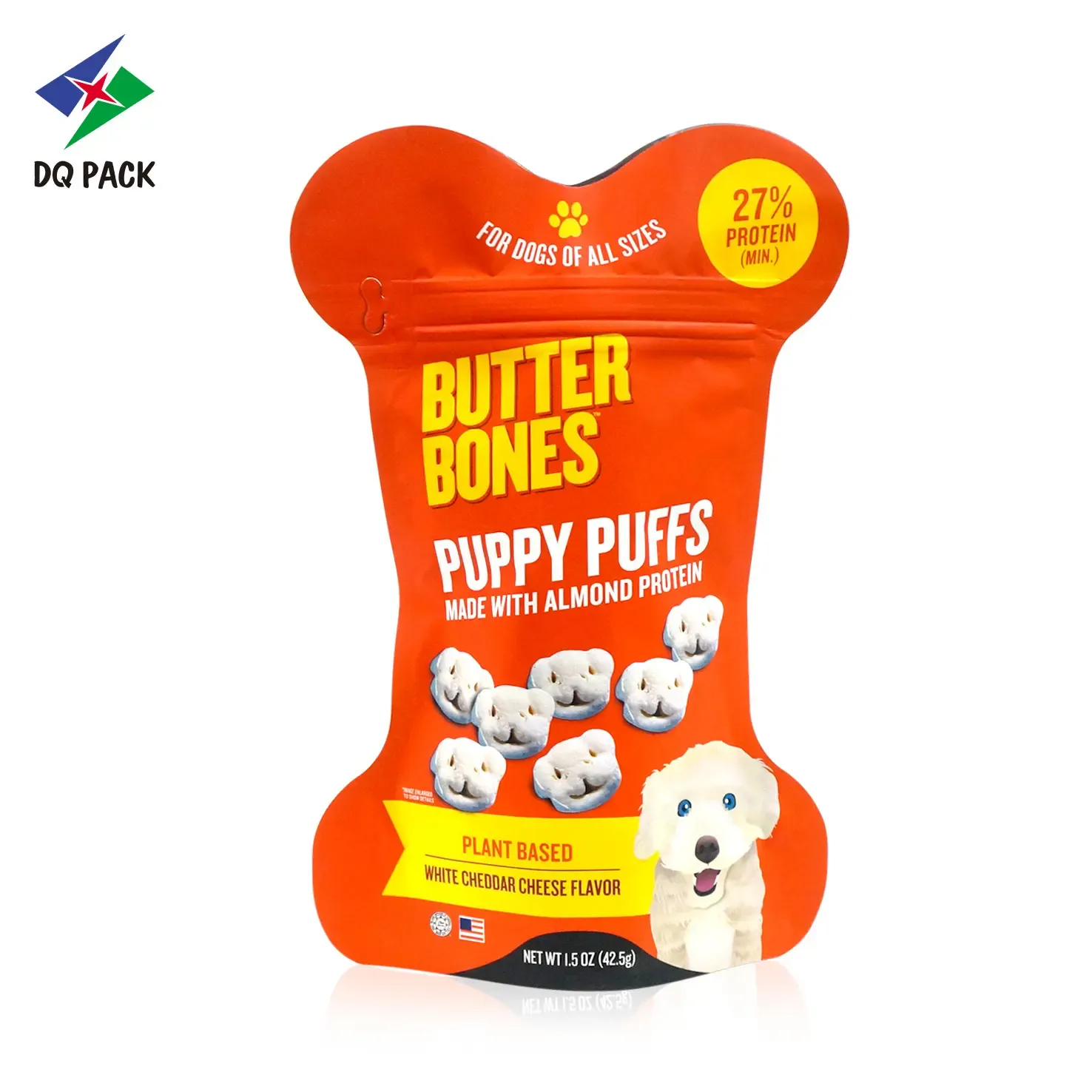
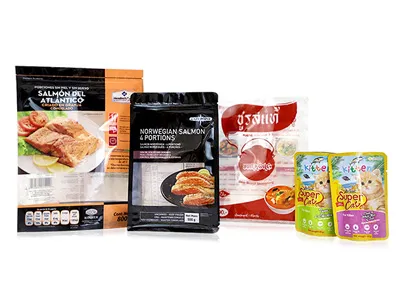
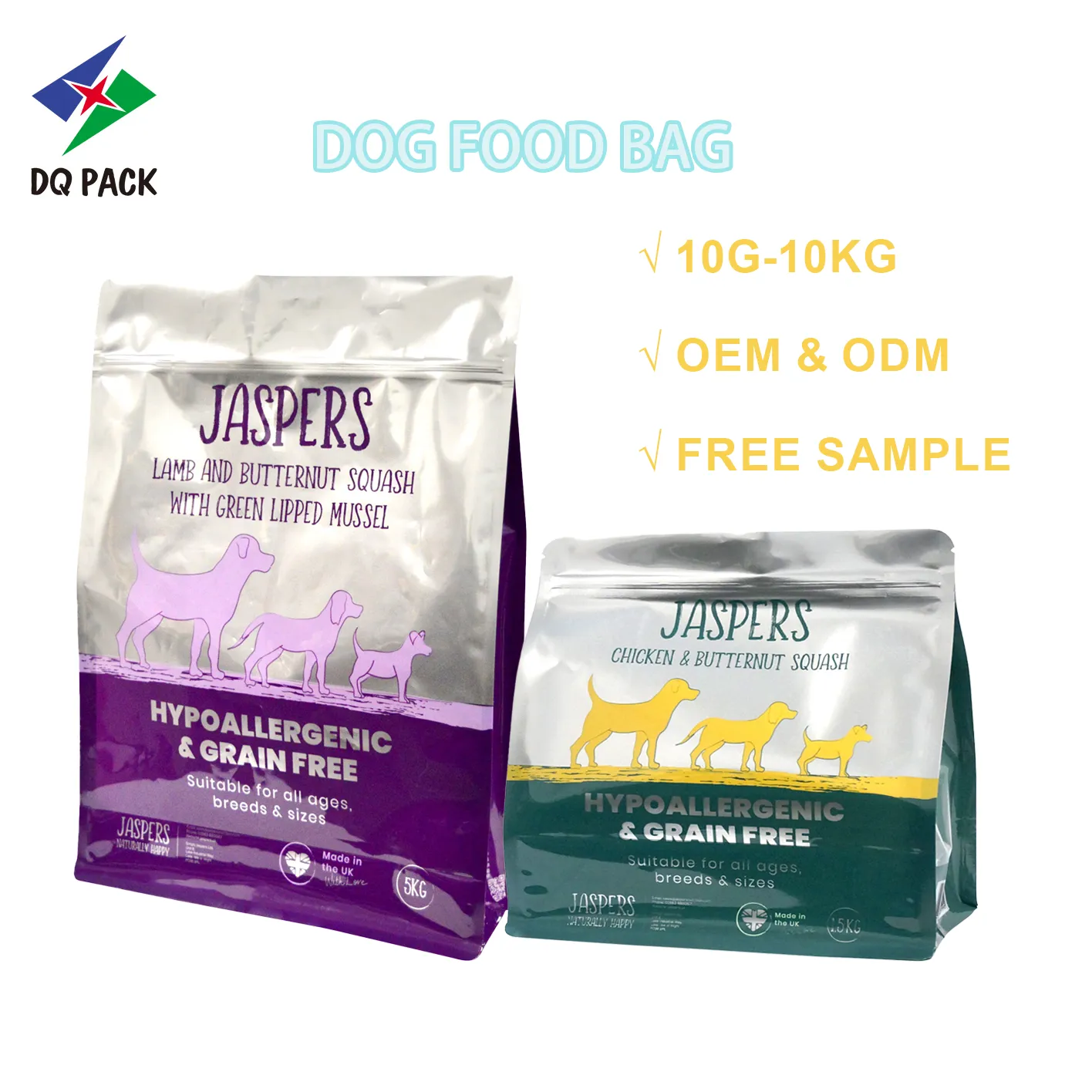
-1-1.webp)
